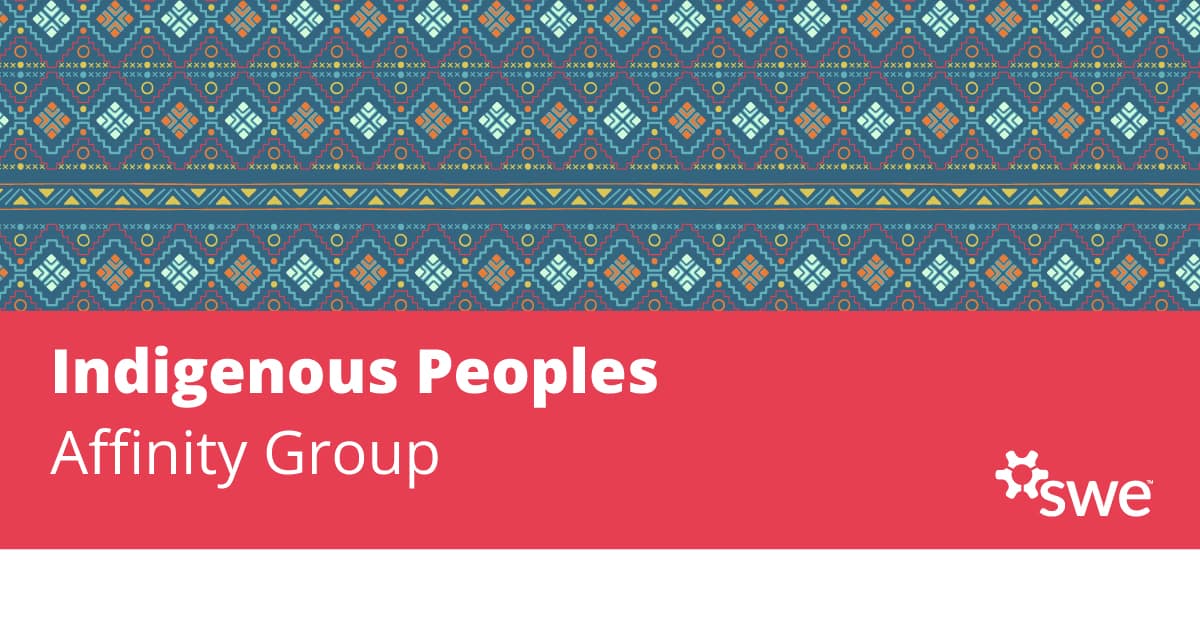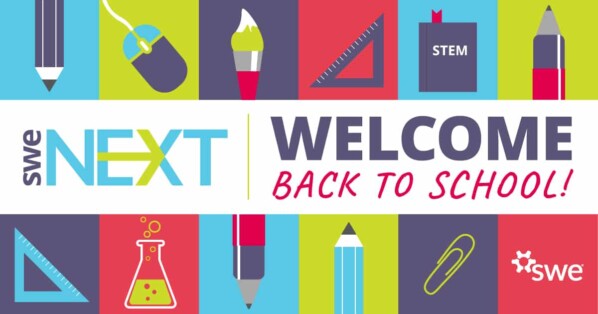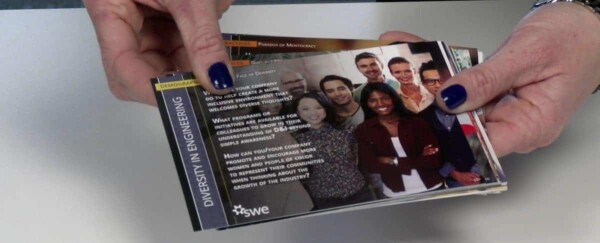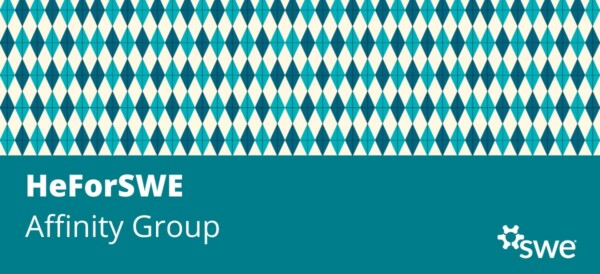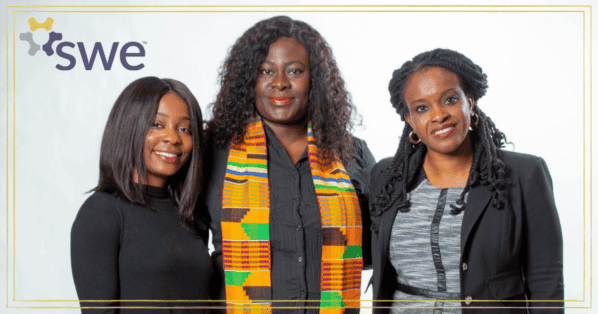November is Native American Heritage Month and we want to celebrate it with you.
In the United States, Native Americans are Indigenous People which include Native Hawaiian (largest ethnic group) followed by Pacific Islanders such as Samoan Americans and Chamorros. In 2021, 1.5 million Americans reported being Pacific Islander, which makes it the fastest-growing racial group in the country, with an increase of 27% in their population over the past decade.
Some of the groups who are identified as Indigenous Peoples of North America also include: Apache, Arapaho, Blackfeet, Canadian and French American Indian, Central American Indian, Cherokee, Cheyenne, Chickasaw, Chippewa, Choctaw, Colville, Comanche, Cree, Creek, Crow, Delaware (Lenape), Hopi, Houma, Iroquois, Kiowa, Lumbee, Menominee, Mexican American Indian, Osage, Ottawa, Paiute, Pima, Potawatomi, Pueblo, Puget Sound Salish, Seminole, Shoshone, Sioux, Tohono O’odham, Ute, Yakama, Yaqui, Yuman, Alaskan Native tribes (not specified), Alaskan Athabaskans, Aleut, Inupiat, Tlingit-Haida, Tsimshian, and Yup’ik.
If you ask a non-Native American, they will say that they rarely encounter a Native American in their daily life. If you ask a Native American, they will most likely say that the customs and culture of a non-Native might sound foreign to them. For instance, signs of humbleness and acceptance, which are widely accepted in Native American culture, and, to be quite frank, in other parts of the world, are seen as signs of weakness and lack of assertiveness in mainstream American culture.
Native Americans have faced discrimination for centuries and presented as stereotypes in sports and entertainment, which only further contribute to the denigration their heritage. When celebrating Native American Heritage Month, it is important to celebrate resilience, cultures, and languages without forgetting the millions of deaths caused by indoctrination, exploitation, and imperialism. There have been some positive changes in the fact that public apologies have been the focus of Native American activists.
You have probably seen universities, art events, and sports competitions addressing land acknowledgement. Although some people see these events as a means to gather more allies and supporters, others offer very serious criticism. Land acknowledgment does not refer to people who lived in the past. It is a mixture of blood, past, current, and future. Descendants of Indigenous people are thriving in aerospace, chemical, bioengineering, and computer science engineering, and you can meet them and interact with them in the SWE Indigenous Peoples AG. To provide a land acknowledge statement is a starting point and a way to support Indigenous communities. However, it is not enough.
As someone who lives right beside the Trail of Tears, I take some time to walk these lands and reflect on the past, present, and future. I would like to think that violence towards Indigenous Peoples is something from the past. There have been changes, and I like to see things in a positive lens. However, we cannot ignore that the homicide of Indigenous women is six times higher than white women in the US. When an Indigenous woman goes missing, there is less effort in finding them in comparison to others. There is still a lot to do to protect women and, more specifically, Indigenous women.
As you celebrate Indigenous Peoples month, look at your own identity and embrace your own roots, imagining what it would be like if they have been ripped away from you. Take some time to learn about Native communities in your area. For instance, the Northwest Tennessee Native American Educational Powwow had a three-day celebration from Oct. 27–29, 2023. It was an event with collaboration of Navajo, Cherokee, Choctaw, Creek, Coosuk Abenaki, Ho Chunk, Onondaga, Pueblo, and Northern Arapaho Nations. Can you imagine if we had a Powwow or a Lu’au in one of the SWE conferences?
Other ways of supporting Native Americans is by reading a book or article written by an Indigenous author, buying something from a Native artisan, donating to a nonprofit managed by Native people, and so forth. I will celebrate by learning my native language Quechua. How do you plan on celebrating it?
Tupanantsikkama (See you later!)
Don’t miss the latest news from the Indigenous Peoples Affinity Group! Opt into the group email list by logging into your member portal and updating your Communication Preferences.
References
https://en.wikipedia.org/wiki/Native_Americans_in_the_United_States
https://calendar.powwows.com/upcomingpow-wows/
https://nativephilanthropy.org/
https://www.aises.org/
Author
-
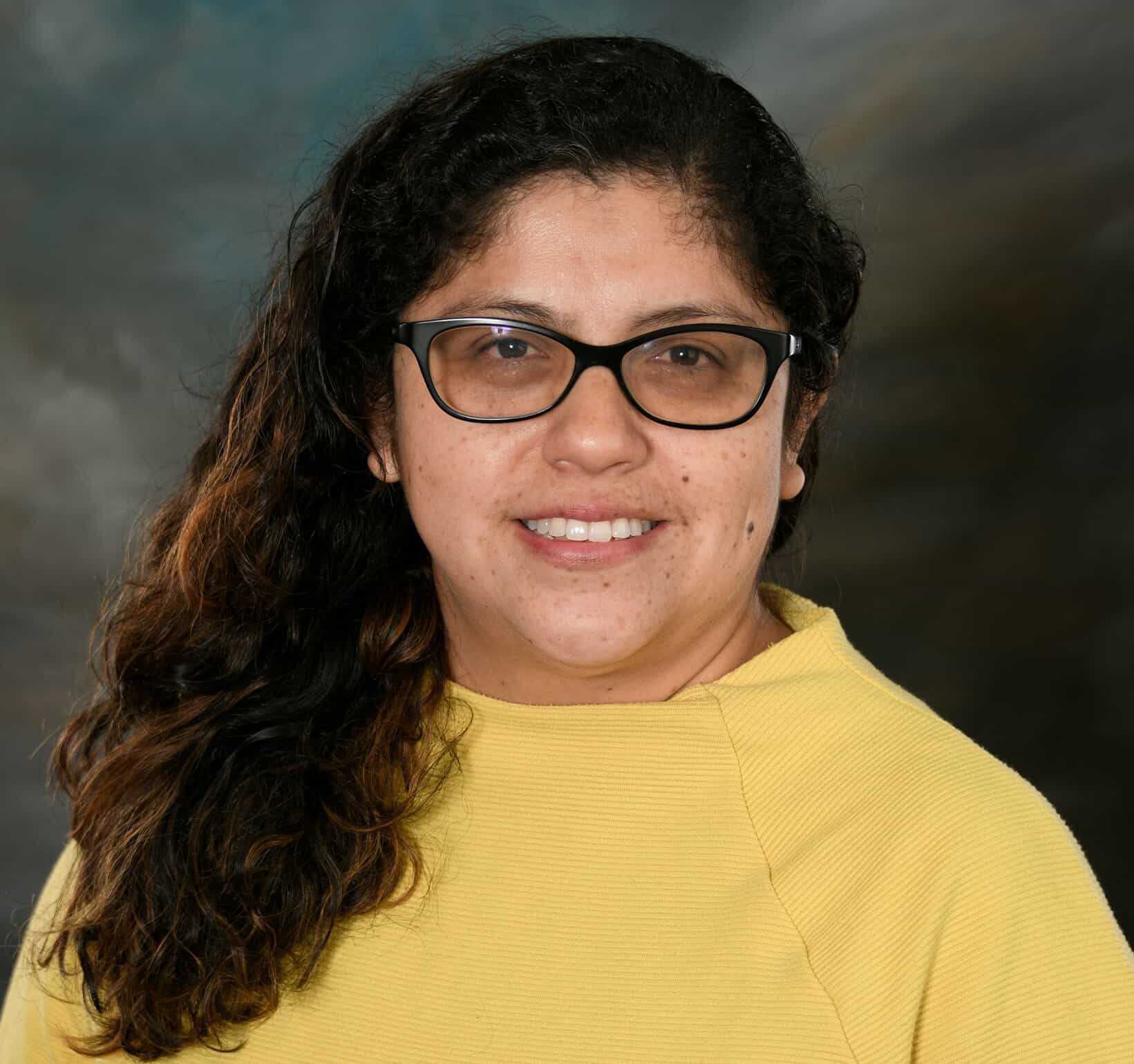
Dr. Gisella Lamas is a Brazilian/Peruvian biochemical/environmental engineer. She works as a Lecturer at the University of Kentucky – Paducah Extended campus. Gisella has been a SWE member since 2012. She is actively involved in various SWE committees and the SWE Indigenous Peoples AG. She is the 2024 chair-elect for SWE WIA, faculty advisor and SWENext counselor for UK Paducah. Her Indigenous roots come from Northern and Central Peru.

